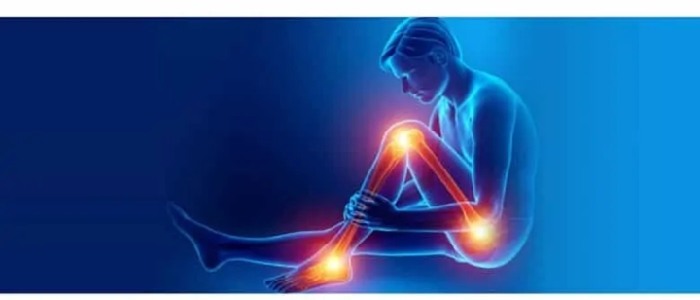Women are not alone in this! Men also do care immensely about their looks and indulge in elaborate grooming rituals to enchant women.
They spend ridiculous amounts of time studying their reflection in the mirror from various angles, and prefer to keep themselves abreast of the latest skincare products among other toiletries on the market. Some even love hitting the salon or spa for a luxuriant facial rounded up with a manicure and pedicure. From cosmetic treatments, using hair removal creams to even shaping eyebrows, men have all this and more on their to-do list to get handsomer than their peers.

Here we list down a few very obvious things Indian men do to make heads turn.
Men USE fairness cream
Every man has used or continues to use fairness cream to get fairer, and that is an undisputed truth. Inspired by Bollywood heroes, many Indian men lead themselves to believe that good looks are all about having fair skin! The television does its bit by hawking men's fairness cream every half an hour, indicating just how huge the Indian grooming market is turning, and how nuts Indian men are about fair complexion. Taking care of your skin and body is a good thing but if you are totally obsessed about having fair skin and think it's manly in any way, you need to reconsider.
Men SHAVE their hairy chests
Remember Bollywood of 80s and 90s when romanticheroes like Anil Kapoor, Akshay Kumar and Salman Khan flaunted their chests through transparent unbuttoned shirts revealing a sprinkling of hair to impress the heroin and subsequently millions of fans all over the world. But times have changed, and women are now falling for the clean-shaven look with cult-like passion. So, hairy bodies have given way to smooth, shiny, ribbed and leaner physiques, and the craggy macho look has been replaced by a metrosexual, boy-next-door appearance that makes them more trusting, and at the same time, seductive. And of course taking cue from Bollywood icons like Hrithik Roshan, John Abraham, Shahid Kapur, and not to mention Salman Khan, who has transformed himself with time, Indian men have started taking grooming more seriously than ever, and are going hammer and tongs to bare chiseled, hair-less torsos akin to their on-screen idols'.
Men WANT muscles and more muscles
Going to the gym is a great practice for a fitter and toned body, but some men mistake them for a factory to pile up muscles. More often than not they pick workouts that only muscles up their biceps while letting the rest of the body lie in neglect. Result: bizzare bulged biceps and a shapeless and awkwardly thin lower body especially calves. So, workout to look good, but don't convert yourself into a muscle shop!
Men LOVE manicures and pedicures
They can't help complain about how women spend the better part of their waking hours before a mirror. But men are not left far behind in the race to look attractive. They like never before have become picky about their salons, love giving a hard time to their hairdressers, and prefer a manicure and pedicure session at the spa over an afternoon of tennis at the club. That's how serious grooming is for them.
Men STRAIGHTEN their hair
Like women who spend a fortune getting their hair straightened, smoothened, re-bonded, and what have you, men too have taken a shine to poker straight, non-messy hair that they can gather up into a pigtail or leave it open. Debunking the cliche that long, shiny locks are solely a woman's domain, some men have even gone ahead to own their personal hair straighteners which they use from time to time depending on the occasion.






Comments
Add new comment